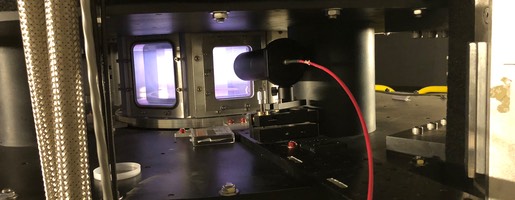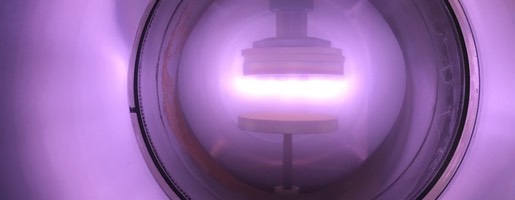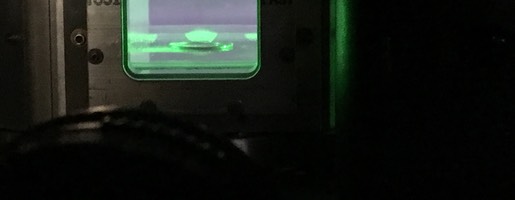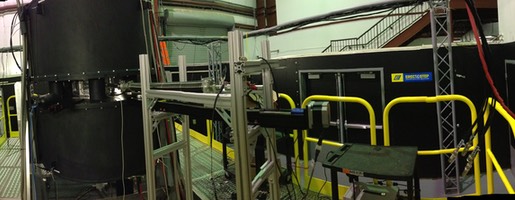The Magnetized Plasma Research Laboratory (MPRL) is Department of Energy - Office of Fusion Energy Sciences (DOE-OFES) User Facility under the Plasma Science Facility Program. The MPRL is one of the plasma physics research laboratories in the Auburn University Physics Department. The primary mission of the MPRL is to study plasmas under the influence of strong magnetic fields. In particular, the MPRL has unique capabilities to study the physics of magnetized dusty plasmas.
While the primary mission of the MPRL is focused on plasma physics, our research facilities are highly flexible and can accommodate a variety of experiments that require access to a steady-state (up to days), uniform (less than 1% ripple), high magnetic field (up to 4 T) environment.
The centerpiece of the MPRL is the Magnetized Dusty Plasma Experiment (MDPX) device: a 4-Tesla class, multi-configuration, superconducting magnet that features a 50 cm diameter x 158 cm long “warm bore”. Within the bore of the magnet, a variety of experimental hardware can be accommodated.
Other facilities include:
- ALEXIS - a 180 cm long x 10 cm diameter magnetized plasma column
- Dusty Plasma Experiment (DPX) - a dc glow discharge dusty plasma device
- Customized dusty plasma chambers - optimized for studies of particle growth and probe induced voids experiments
- Extensive plasma diagnostics including:
- Laser induced fluorescence (LIF)
- Particle image velocimetry (PIV)
- Particle tracking velocimetry (PTV)
- Optical emission spectroscropy (OES)
- In-situ probe diagnostics
The MRPL is operated by Auburn University as a User Facility under the Department of Energy - Plasma Science Facility Program with additonal support provided by the National Science Foundation, NSF - EPSCoR program, and NASA.
The MDPX device was originally built with funding from the NSF Major Research Instrumentation (MRI) program under award number PHY-1126067.
The Auburn University Plasma Sciences Laboratory also acknowledges the past and current support from the National Science Foundation (NSF), the U.S. Department of Energy (DOE) and the National Aeronautics and Space Administration (NASA).

Disclaimer: Any opinions, findings, and conclusions or recommendations expressed in this material are those of the author(s) and do not necessarily reflect the views of Auburn University, the National Science Foundation, the Department of Energy, or the National Aeronautics and Space Administration.
Site Update: June, 2019




